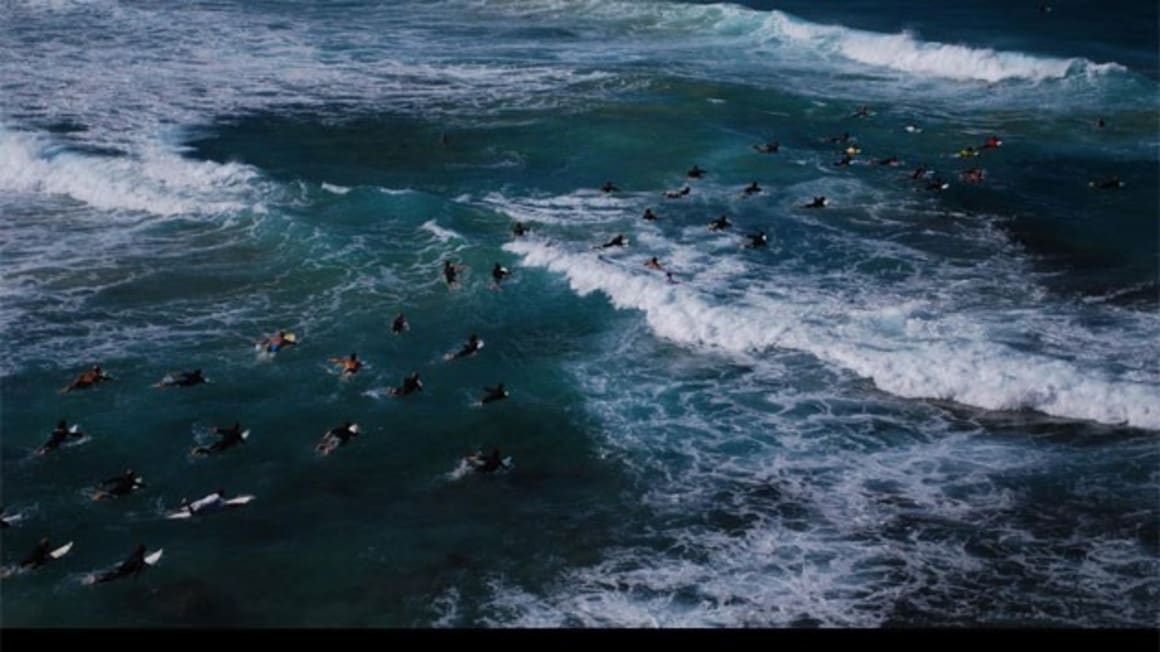Sydney renters swimming against the raging torrent of speculative investment capital: Pete Wargent

In Australia, it is generally cheaper to rent property than it is to buy, so those who elect to sit out of the market instead of buying are not swimming against a tide of dividends.
Although renters may not be paying off a mortgage, at least their monthly cash outflows should be lower than those who have recently purchased an equivalent property (although recent interest rate cuts have delivered a welcome affordability dividend to mortgaged owners on variable rather than fixed rates).
Renters, therefore, are only swimming against the ebb of the market if nominal property prices are increasing, in regions where they are being eased higher by demand from homeowners and investors outstripping supply.
Investors too, generally experience cash outflows in the early days of property ownership in Australia, so they only move ahead if prices are increasing.
The tides which can push prices higher in a region include: a booming population and therefore a demand which the supply of dwellings is not meeting, a real and sustained increase in household incomes (in particular, where significant jobs growth is being experienced) and an in-flux of speculative investment capital.
Where these factors are not in evidence, renters may gently swim across any real or perceived rip, and drift gently back to shore: there is no tide for them to swim against.
Property market cycles do not move in lockstep in Australia; some cities experience rising prices while in others they are falling.
Certain experts have been saying for around half a decade now that prices in Adelaide will boom. When I started writing my first book back in 2010, I detailed the reasons why I disagreed (and still do) with this viewpoint.
Although Adelaide has a gentle drift of population growth, the absolute numbers are relatively small, there is plenty of scope for new development, a number of planned mining projects or extensions have been shelved, and I see no reason why the city cannot house its growing population relatively affordably.
Renters don't appear to be caught in a rip, because in real terms prices have been becoming more affordable - they are gently drifting back to within reach of some previously excluded younger buyers.
While some cities will continue to see easing prices, Sydney looks set to outperform.
Although the latest round of unemployment figures from the ABS showed that the Australian economy added a seemingly impressive 160,400 jobs over the past 12 months, it is notable that 81,900 of those were in NSW and 31,700 were in VIC. Jobs growth was weak in QLD and all but non-existent in SA and TAS. These figures help to explain why Sydney and Melbourne have thriving property markets while Adelaide has failed to deliver the long-promised price growth in spite of the lowest interest rates in a generation.
Sydney is a different kettle of fish entirely from Adelaide. Those waiting on the sidelines for a price crash in the harbour city aren't swimming against a gentle undercurrent of population growth, they are facing a full-blown demographic tsunami.
Estimated annual population growth may be a touch volatile but the population growing from around 4.1 million at the time of the 2001 Census to above 4.6 million by the time of the 2011 equivalent headcount, suggests a very strong longer-term average of around 50,000 persons per annum.
A higher population does not automatically equate to higher dwelling prices, but last time I was in my apartment on Pitt Street, I took a long, hard look at the vast semi-circular area of Sydney visible from the balcony, and as far as I could tell there were only 3 ongoing residential developments of any stature.
In truth, there are a few projects coming online such as the expensive-looking new apartments on previously unfashionable Broadway, and indeed a new suburb is being constructed at Barangaroo (not that the $2 million+ price tag for the 100 two bedroom apartments is going to solve any affordability issues). The problem is that few seem to want to venture out to the fringe suburbs, creating high land prices and affordability pressures in suburbs close to the city.
A material fall in prices might or might not be triggered at any given point in time, but with each passing year in the decade since a crash was being called after the turn of the century, the competition for prime-location real estate has been increasing, as wave after wave of immigration hits the city.
The other tide that renters are swimming against is the raging torrent of speculative capital which is flowing into Sydney.
Prices do not seem to have faded in Melbourne as had been widely predicted in part because investors have returned to the market in droves, lured in by lower interest rates.
Plenty of commentators have also been forecasting price falls in Sydney for years, but these predictions were drowned by the appetite of investors for Sydney real estate.
According to the ABS, loans for investment purposes with investor lending in NSW increased by nearly 24% on a year ago and NSW made up some 40% of the value of all investor loans approved in Australia in the month of May.
Investors presently account for more than 50% of total home loan activity in the state.
With record levels of investor capital washing over the established housing stock and auction clearance rates consistently topping a boomtime 80%, dwelling prices have reached a new high tide level, and increases look likely to continue to be reported over coming months.
Pete Wargent holds a range of finance and property qualifications and is the author of Get a Financial Grip – a simple plan for financial freedom.
Photo courtesy of Flickr.